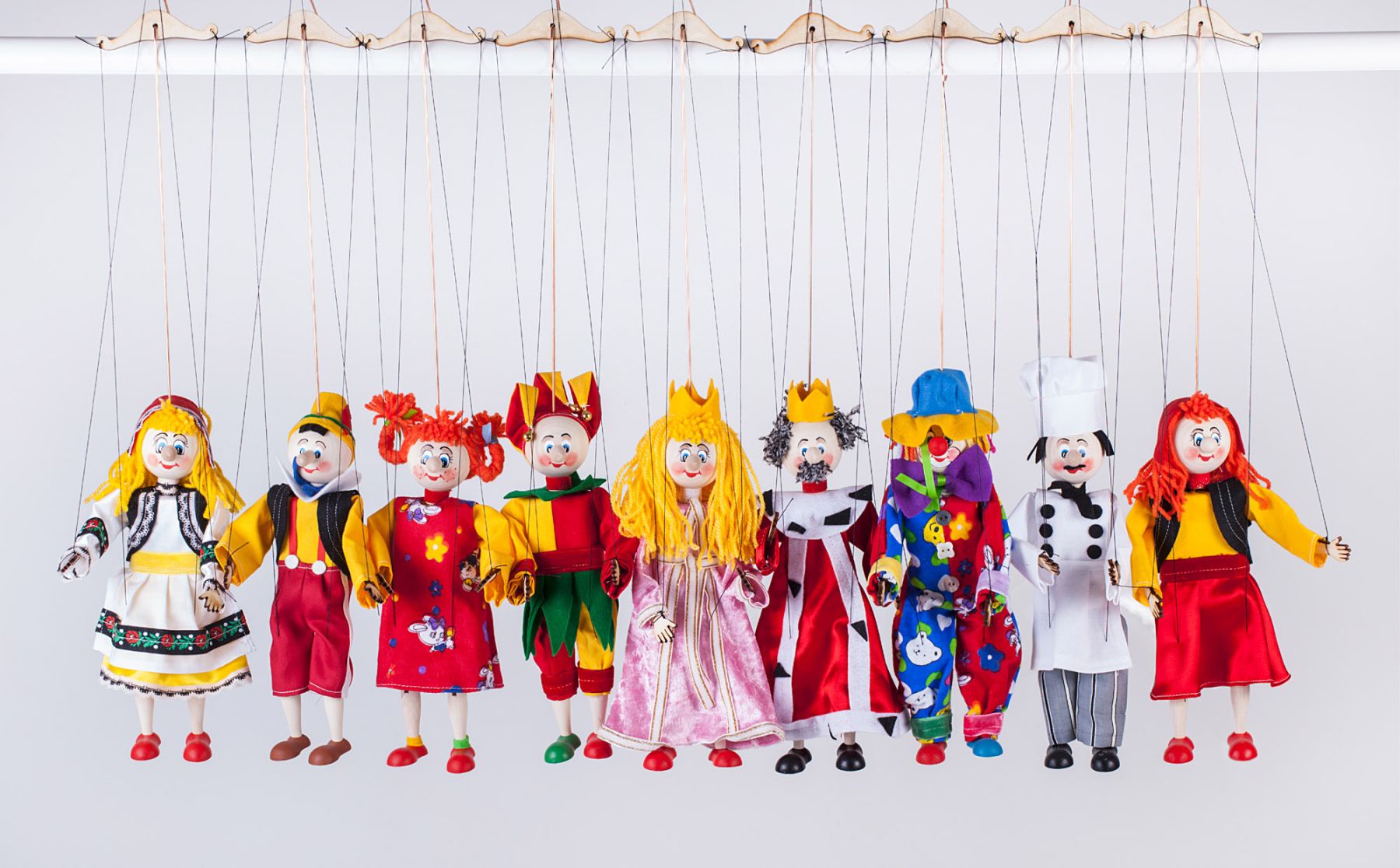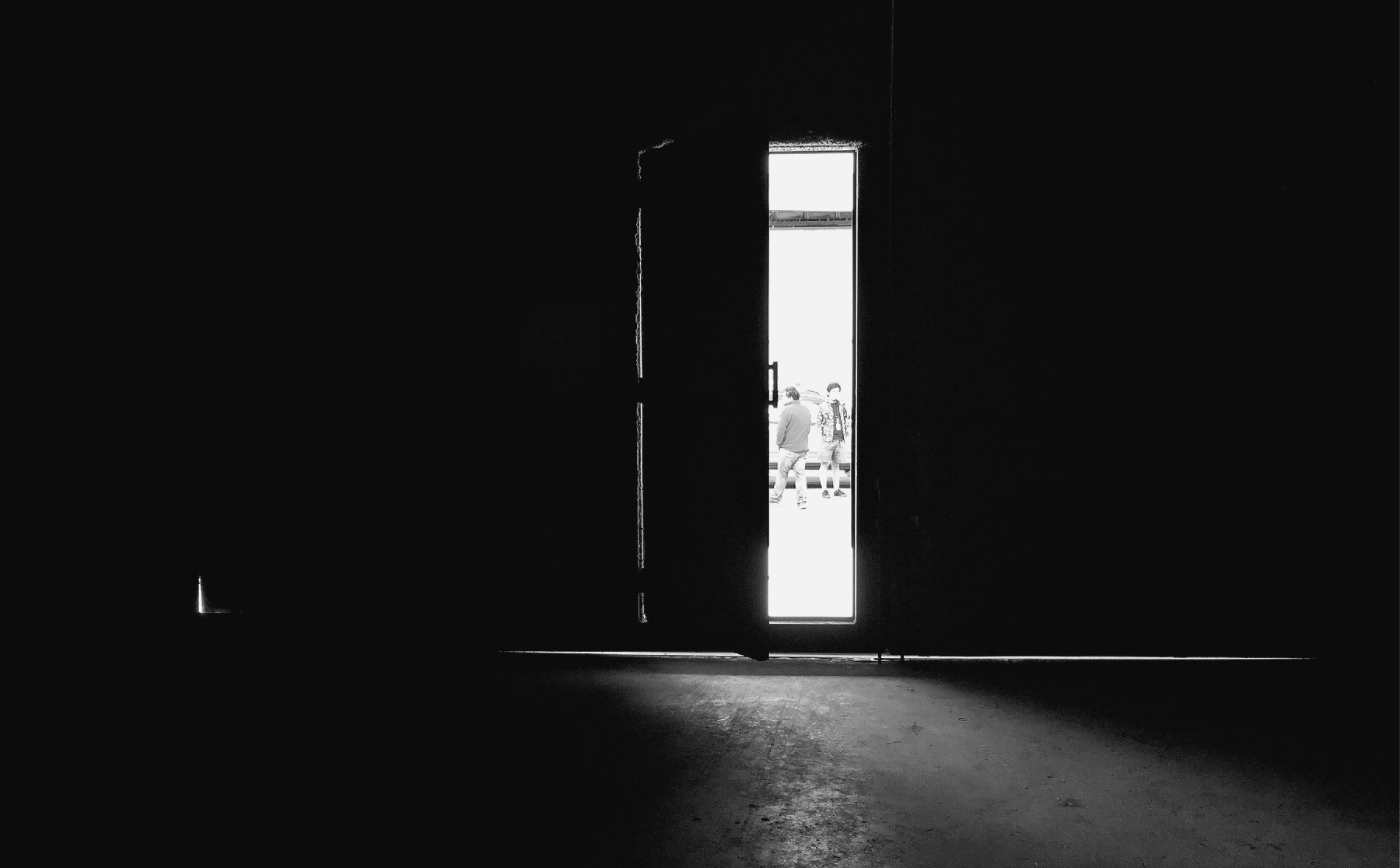Riffs and Roots: Jamming with Tarek Yamani in Being Saudi
Being Saudi is an interactive exhibition in Ithra Museum’s Ajyaal Gallery. Visitors can explore different aspects of Saudi culture by digitally inserting their faces in Saudi costumes, making their own designs, or exploring Saudi poetry and music.
Tarek Yamani composed the musical element of Being Saudi, producing and arranging traditional music from around the Kingdom. Visitors – solo or as a group – select a region and then choose an instrument they play by tapping the cues flowing down a touch-screen display. Visitors can email themselves their designs, digital fashion selfies in Saudi costumes and the tunes with their musical performance.
“Playing” the drums, oud, flutes and other instruments is simplified to tapping a screen. Visitors control the instrument and get a textured feel for its role in the music.
“I composed the melodies and the instruments in a way that fits the game, “explains Yamani; “I wanted something interesting that would feature the textures of the instruments. I kept it simple. Nothing is crazy rhythmically or harmonically. The rhythms are completely Arabic but I didn’t use quarter tones, so it would be more approachable and visitors can enjoy it: I want them to succeed.”
Quarter tones? Western music doesn’t use quarter tones. A major scale has seven notes: do, re, mi…. C – C on a piano, is 12 semi-tones. Arabic music can use twice as many notes – 24 within an octave. This is why the oud, the predecessor to the guitar, doesn’t have frets.
In his own music, Yamani, a highly accomplished pianist who has won many prestigious international awards, often explores the relation between African-American Jazz and classical Arabic music. His second album was titled "Lisan Al Tarab: Jazz Conceptions in Classical Arabic," and his “Peninsular” imbues jazz with quarter tones and Arabic rhythms.
Is this new-fangled fusion? Maybe not. New scholarship reveals the music of West African Muslims is the likely root of the blues, that authentically American musical form, and, in its wake, jazz and rock-n-roll too. Ethnomusicology professor Gerhard Kubik explains this in his Africa and the Blues. Thirty percent of American slaves, including the majority in the Mississippi area, were from Muslim countries. It’s no stretch to hear how the work songs were influenced by the Muslim call to prayer – not only in form (including 12 bar) but in melisma (using a single syllable to hit multiple notes), instrumentation and the reliance on quarter tones and passing tones, or “blue notes.”
Being Saudi digs deeply into traditional culture but it also features the new: new technology and, sometimes, the kernels of very new ideas.
- Words by Daniel Kany
Painting by Zakiya Almmteib








